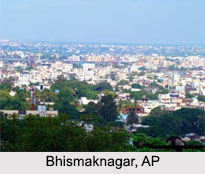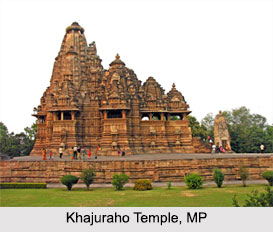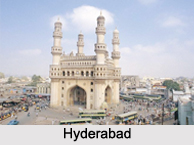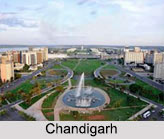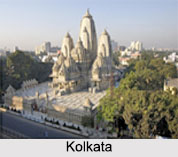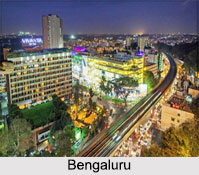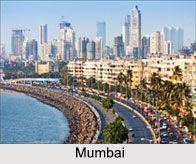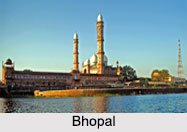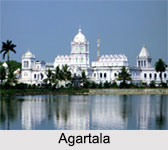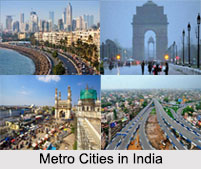 Deogarh is situated near Udaipur in Rajasthan on the boundaries of Marwar, Merwara, and Mewar. Deogarh is enclosed by Bhil villages, whose vibrant way of life and celebration of festival are unique. It is located at an altitude of about 2100 feet above sea level and is cooler than other parts of Rajasthan. This place is mainly popular for miniature paintings, some of which decorate the personal collection of the present Rawat Sahib. This type of frescoes can be seen on the walls of the Deogarh Mahal. Deogarh is a convenient place to organize day trips to the famous Ranakpur Jain temples and Kumbhalgarh fort.
Deogarh is situated near Udaipur in Rajasthan on the boundaries of Marwar, Merwara, and Mewar. Deogarh is enclosed by Bhil villages, whose vibrant way of life and celebration of festival are unique. It is located at an altitude of about 2100 feet above sea level and is cooler than other parts of Rajasthan. This place is mainly popular for miniature paintings, some of which decorate the personal collection of the present Rawat Sahib. This type of frescoes can be seen on the walls of the Deogarh Mahal. Deogarh is a convenient place to organize day trips to the famous Ranakpur Jain temples and Kumbhalgarh fort.
Visiting Places in Deogarh
Deogarh is mainly popular for the Deogarh Mahal or Deogarh Palace, which has now been turned into a heritage hotel. The palace has been detailed below-
Deogarh Mahal: Deogarh Mahal is located on the top of a hill in the Aravalli mountain range surrounded by several lakes. It is the prime attraction of Deogarh, which was founded in the year 1670 AD by Rawal Dwarka Das as a family residence. The mahal gradually became an important point of village activities. The Maharana of Udaipur had honored `The Rawal`, who was the tribal chief among the sixteen umraos (feudal barons). Now, Deogarh Mahal has been transformed into a heritage hotel by the present owner of it, Rawal-Nahar Singh.
Visiting Information to Deogarh
Deogarh is located on the Western Railway Route, between Marwar and Udaipur Junction. Udaipur Airport is the nearest airport to this place, which is about 140 km from Deogarh. It can also be reached by road; Deogarh is well connected to all major cities of Rajasthan by bus routes. It is 280 km from Jaipur, 170 km from Jodhpur and 140 km from Udaipur.
This article is a stub. You can enrich by adding more information to it. Send your Write Up to [email protected]
